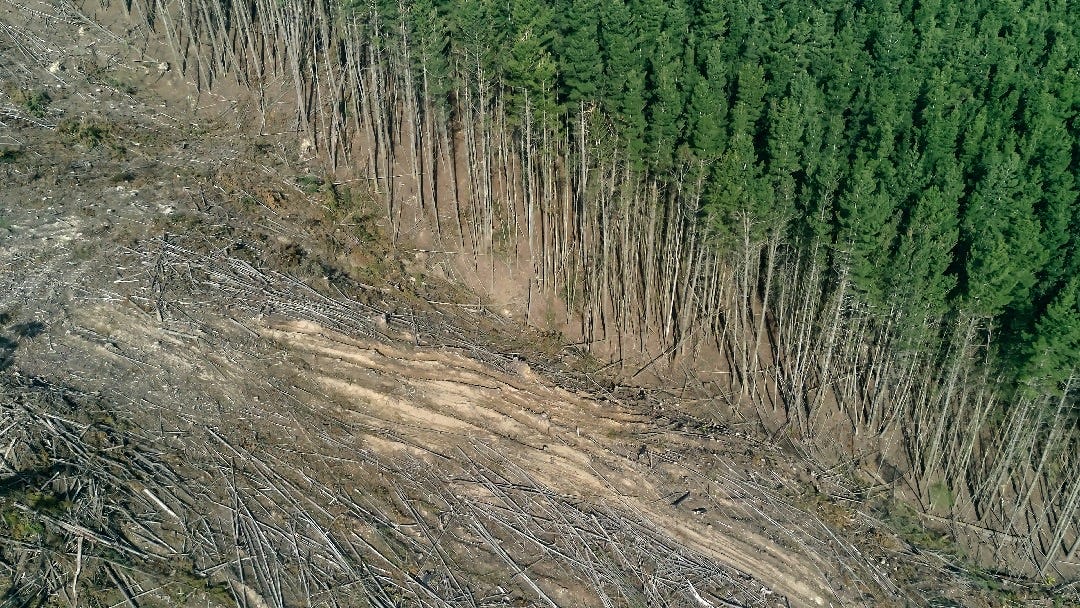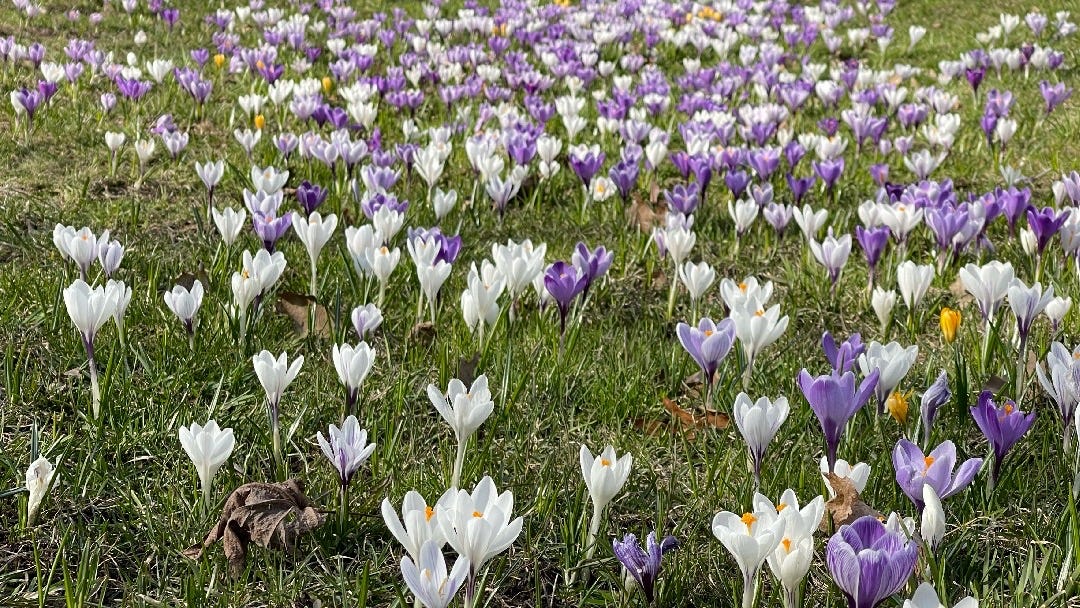Only three percent of the planet's land ecosystems are still intact
The incredible impact of centuries and even millennia of changes in land use, climate change, invasive species, diseases, hunting, and more human interference in nature.
For tens of thousands of years, humans have been altering the earth's ecosystems. When humans moved into new territories, it usually coincided with the disappearance of the megafauna. Unfortunately, in recent times we have increased our destruction to an unimaginable speed and scale. The result is the sad scientific finding that only three percent of the earth's land surface is still ecologically intact.
It is easy to believe that something that looks like nature is an intact habitat. But, like the ministers I mentioned in yesterday's article that set the nature baseline on what they find on their first day of the job, we make the same mistakes. For example, I noted in my life the disappearance of butterflies in the garden of the house where I grew up, but I never knew what I missed from the days before I was born. Perhaps many hedgehogs lived there, or if we go back centuries, there may have been wolves.
Pollution, invasive species, and climate change
We lost species that have been hunted into extinction or disappeared because of imported diseases or invasive species. And once we started to scale up our influence, polluted the air and water, and even started to change the climate, our impact was felt practically everywhere.
Worldwide, invasive species have caused about 40 percent of all known extinctions since the 17th century. So, for instance, Australia has no intact areas left, even though you would expect better for a vast country with massive places where hardly any people live. But invasive alien species like cats, foxes, rabbits, goats, and camels have had a terrible impact on the native species.
A study that researchers published in Week 15 of this year didn't have to go back tens of thousands of years to find how much of the ecosystem was destroyed by human activities. They set their baseline some 500 years back and compared the differences in present-day biodiversity with historical records. And sadly, but perhaps not surprisingly, they found that only two to three percent of the land had still more or less the same plants and animals. As you would expect, those areas are far from where most of us go; think of places like parts of Siberia or the Sahara desert.
On a personal note, I went to both (although just the fringe of the Sahara), but I don't think I visited parts that qualify as unspoiled. It was a project to reduce oil spills that brought me to Siberia a long time ago. And I had traveled the trans-Siberian railway even longer ago; stories for another day.
In the news
Let's leave Week 15 of this year behind and quickly capture two more items that I noted in the news, and you may like to know.
Shurbat Gula, whose image you undoubtedly will recognize and whose name you likely won't recall, was the 12-year old Afghan girl with striking green eyes who appeared on the cover of the National Geographic in 1984. It is probably the best-known cover ever of that magazine. I remember reading in 2002 the story of the photographer, McCurry, who found her again after a 17-year search.


She has now managed to escape Taliban-ruled Afghanistan, and Italy has given her a safe haven. She is a widow and a mother of four children, and I remember from the 2002 story what a tough life she had lived. The little that I learned from the story in the Daily Mail Online (yes, I use diverse sources for this newsletter) indicates that her hardship continued since that reunion in 2002.
We should expect a book with her famous face on the cover in a bookshop near you next year, and perhaps McCurry can write it. And if he does, I also hope that she will gain her fair share of telling her own story. Let's hope she will find a more secure life now in Italy.
I just searched for McCurry; he has a beautiful website here that is worth visiting.
The other news story that I would like to mention today is a follow-up to my remark yesterday about the previous American president who gave Kyle Rittenhouse a hero's reception. His only accomplishment in life is that he killed two people and shot another. Rittenhouse is not a brilliant scientist, a winner of a sports tournament, or a young campaigner for climate action whom you would expect to be invited by former presidents.
I write again about the man that lost the elections because the pictures of this event show that he has a sculpture in his office of Mount Rushmore with his head added to the four presidents whose heads are defacing a sacred site. Sometimes Twitter is still the old Twitter where creativity can explode into funny memes. Well, just type Rushmore into your Twitter search bar and enjoy.
One that was more serious and I thought interesting to share was this one:


The Planet newsletter in Week 15
I wrote every day; I picked one for you:
Meanwhile in Ottawa
In Week 15, there were more flowers, and it was beautiful to see the return of colors in nature.
After more than two weeks of non-stop writing, I will go back to posting in the frequency I used most of autumn. I am working on a new project that I will soon share with you. That also needs my time, and it will add a new element to this "The Planet"-project that I hope you will enjoy.
A subscription is just 16 cents per day.
Or perhaps you know a friend who would love to read The Planet?
Notes:
https://www.frontiersin.org/articles/10.3389/ffgc.2021.626635/full









I always wonder how many people really can see how much is being cutdown . . . When I took a 2 month road trip I saw plenty. And a flight from A to B even more from above. Perhaps the Space station can make a photo collage to show the impact it has on Earth.
Thank you Alexander